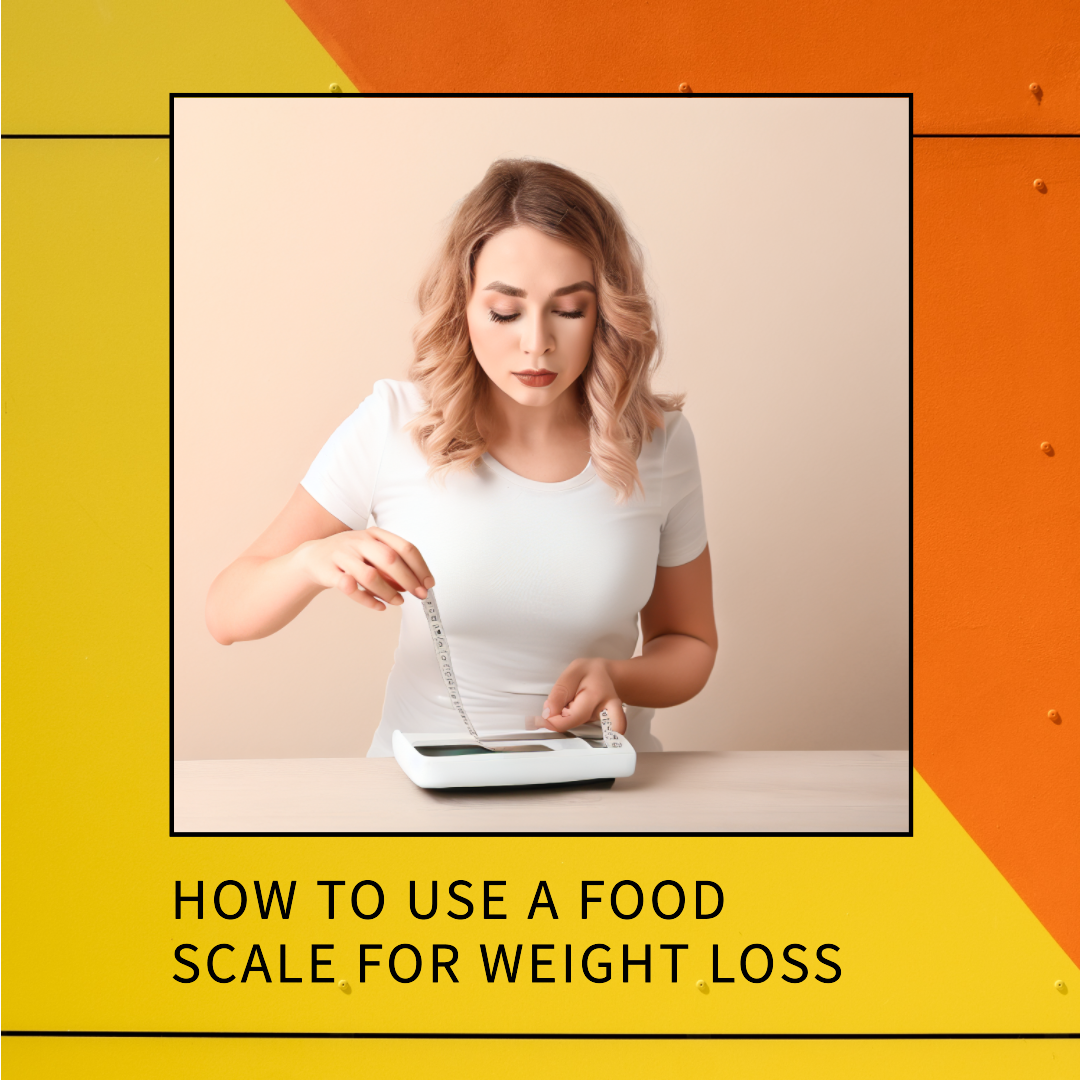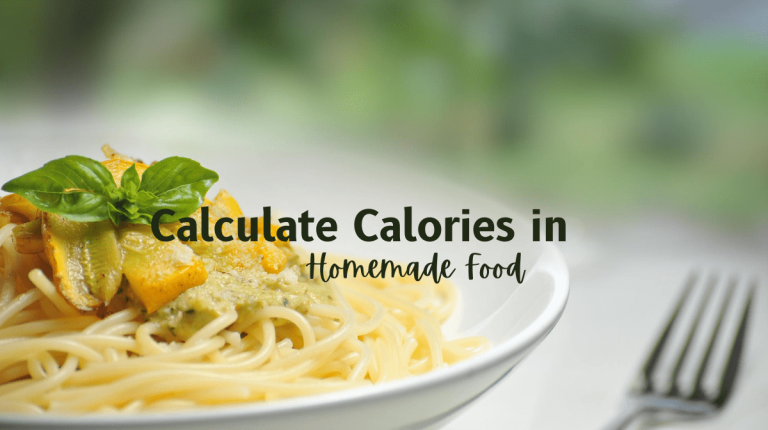How to Use a Food Scale for Weight Loss: A Simple Guide
Introduction
Embarking on a weight loss journey requires dedication, discipline, and a clear understanding of portion control. A valuable tool in your weight loss arsenal is a food scale. This unassuming kitchen gadget can play a significant role in helping you achieve your goals by providing accurate measurements of your food. In this article, we’ll explore the benefits of using a food scale for weight loss, how to use it effectively, and tips to make portion control a breeze.
The Importance of Portion Control
When it comes to managing your weight, portion control is a fundamental principle. Even foods that are good for you can make you gain weight if you eat too much of them. A food scale empowers you to accurately measure the amount of food you’re eating, ensuring that you stay within your caloric goals.
Benefits of Using a Food Scale for Weight Loss
- Precision: A food scale provides precise measurements, eliminating guesswork and ensuring that you’re not overestimating or underestimating your portion sizes.
- Calorie Management: Accurate measurements help you track your calorie intake more effectively, which is crucial for weight loss.
- Awareness: When you use a food scale, you learn how much food you’re eating, which helps you know how much is a good amount to eat. This helps you make smart choices about how much to eat.
- Consistency: Consistently measuring your food portions contributes to consistent progress on your weight loss journey.
Step-by-Step Guide to Using a Food Scale
Step 1: Choose the Right Food Scale
Select a digital food scale that displays measurements in grams and ounces. This versatility allows you to accurately measure a wide range of foods.
Step 2: Zero Out the Scale
Before placing any food on the scale, ensure it is set to zero. This “taring” function accounts for the weight of the container and focuses solely on the food.
Step 3: Place the Food on the Scale
Place your plate, bowl, or container on the scale and then add the food you want to measure.
Step 4: Read the Measurement
The scale will display the weight of the food in grams or ounces. Take note of the measurement for accurate tracking.
Step 5: Adjust Serving Sizes
Compare the measured weight to the recommended serving size on the nutrition label. This helps you adjust your portion to match your dietary goals.
Tips for Effective Use
- Use Raw Ingredients: For the most accurate measurements, measure foods in their raw state whenever possible.
- Utilize the Tare Function: When measuring multiple ingredients in one container, use the tare function to reset the scale to zero between each ingredient.
- Learn Common Weights: Familiarize yourself with the weights of common foods to estimate portions when a scale isn’t available.
- Practice Portion Control: Over time, you’ll develop an understanding of portion sizes, making it easier to eyeball portions when you’re dining out.
- Keep It Accessible: Store your food scale in a convenient spot in your kitchen, making it easy to incorporate into your daily routine.
Incorporating a Food Scale into Your Routine
Breakfast: Measure your cereal, oatmeal, yogurt, or fruit for a balanced and controlled breakfast.
Lunch: Accurately measure proteins like chicken or beans, grains like rice or quinoa, and veggies for a satisfying lunch.
Dinner: Whether you’re cooking a homemade meal or reheating leftovers, the food scale ensures consistent portion sizes.
Snacks: Avoid mindless snacking by measuring out your snacks, such as nuts or popcorn.
Conclusion
Using a food scale for weight loss might seem like a small change, but its impact can be significant. By embracing precision and portion control, you’re taking proactive steps towards achieving your weight loss goals. Keep in mind, losing weight is like a long race, not a quick sprint. A food scale is your reliable companion that keeps you on track, promotes awareness, and empowers you to make mindful choices about the food you consume. So, invest in a quality food scale, follow the simple steps outlined in this guide, and watch how it transforms your approach to portion control and weight loss.







